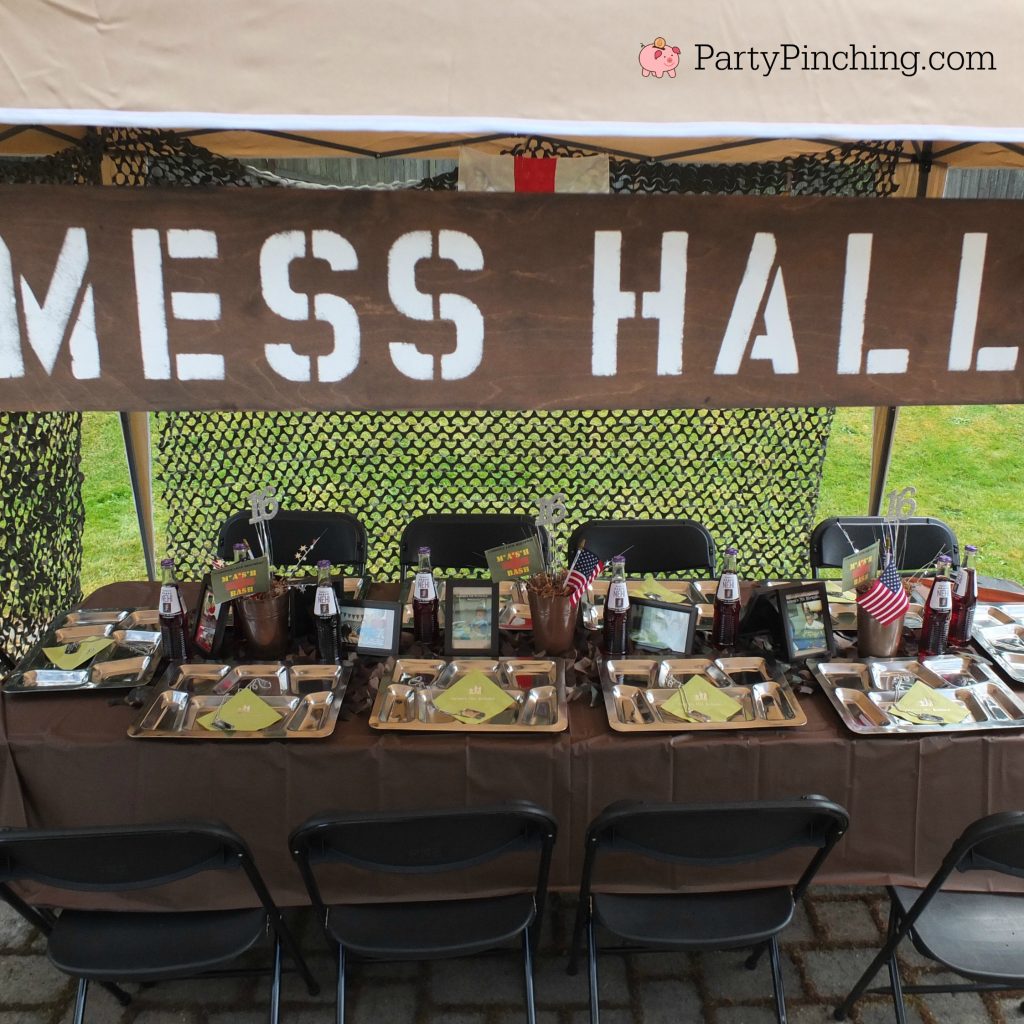 The key to greener living in your home is to be aware of the various elements that can have an environmental impact, from both a positive and negative perspective. There are so many things, which you can do that require little effort, which can reduce your carbon footprint, help save the environment, and save your money in the process.
The key to greener living in your home is to be aware of the various elements that can have an environmental impact, from both a positive and negative perspective. There are so many things, which you can do that require little effort, which can reduce your carbon footprint, help save the environment, and save your money in the process.
- Look for Energy Saving Appliances– Consider energy saving appliances when you are looking to renew your washing machine, dryer, microwave, hob and similar. In the UK there is EU efficiency labels which rank appliances from A+++ (most efficient) to D (least efficient), the more efficient the appliance, the cheaper it’s running costs are, and the more environmentally friendly it is.
The additional cost of a more efficient appliance will often be recouped in a relatively short period of time, assuming it is more expensive in the first place. Always do your research in store and online before deciding on what appliance is best for you.
- Cover Bare Floors– Covering a bare floor with a rug or better still, with carpet, can reduce heat loss, which in turn means you could lower the temperature of your central heating, or have it on for fewer hours a day. Many people have a bare floor for a specific design and aesthetic look. If this is the case, then the relatively small green and money saving benefits will probably not justify a change. However, if you have no specific preference for or against a bare floor, then this could be a great move in your quest for a greener life. It is a small change, but every little helps.
- Blocking The Sun and Heat– If you have air conditioning in your home, make sure it doesn’t need to work overly hard and use excessive energy. The use of shades and blinds in your home will really help reduce the heat, which will mean your air conditioning unit can take things a little easier. Costing you less, and helping the environment at the same time.
- Energy Saving Bulbs. Save around £35-£40 ($45 to $50) a year with LED/Energy Saving Bulbs. They do cost more to buy but they do not use as much energy, and last a great deal longer. A good idea is to buy a number of bulbs at once, especially when there is a sale on or a 2-4-1 promotion at your local supermarket. Keep them in storage, and when a regular bulb eventually fails, you can simply replace it with the new energy saving bulb. An energy saving bulb can use between 25% and 80% less energy depending on type. The can also last up to 25 times longer than a regular bulb too!
- Wood & Multi FuelStoves – Burning wood is one of the most environmentally friendly ways to heat a home. If wood is sourced from sustainable woodlands, then it truly is a sustainable energy source. Modern wood burning stoves have incredible levels of efficiency, many having an efficiency level of over 80%. This means 80% of the heat a stove produces goes directly on heating a home. In comparison a traditional open fire has only around an efficiency of 20%, meaning 80% of the heat produced will be wasted.
A growing number of homes have stoves that can also act as a boiler, and can supply a homes hot water needs. Some homes run fully “off-grid” and rely fully on wood as their primary heating source. Whilst this isn’t practical for all homes, making a change to burning wood more often is certainly a step in the right direction.
- Decrease The Temperature of Your Thermostat.Lower the temperature one-degree at a time in your home until it gets to a level where you are starting to feel a little cold, then increase it slightly, until you’re comfortable, to settle on a new lower temperature. Lower the temperature one-degree each week to allow you to adjust is best.
You can save between 2-4% on your heating for each degree you drop on your thermostat. In many developed countries around 20% of a nations carbon footprint is from domestic heating, and so this approach can not only save you money, it can also significantly help towards lowering your carbon footprint.
- Lower Your Water Temperature– Using a similar approach to the point above. Lowering your water temperature over a few weeks can help save energy. Many households have their water temperature too high without knowing. This is a great opportunity to save!
- Unplug Battery Chargers– A battery charger can use current when not in use, but when still plugged in. When a charger is out of use, simply unplug to save!
- Dusting Behind Your Fridge– At the back of a fridge, you will find coils fitted. These coils collect dust over time, which reduces efficiency and ultimately will cause the fridge to use more energy. Spend a few moments each month to ensure the coils are clean for optimum efficiency.
- Hob and Pots– You can waste energy by using a hob, which too large for the pan you are using. Take the time to use the right hob. This will save energy, and also help reduce the chances of pans annoyingly boiling over!
These are just 10 simple tips that can save you money and allow you and your family to enjoy a greener, more sustainable way of life.




